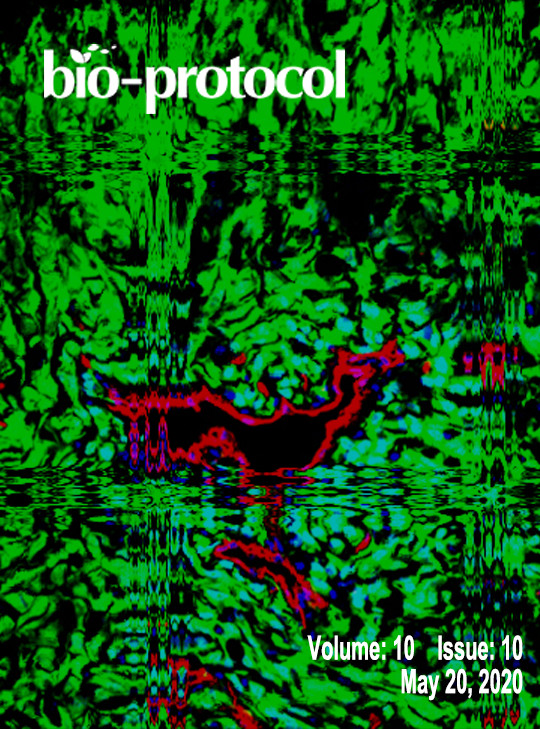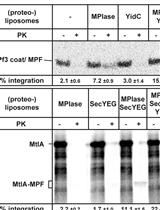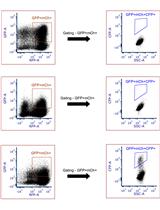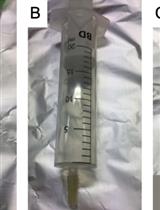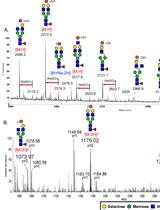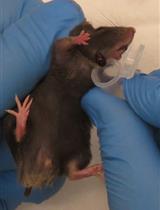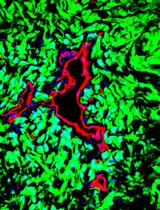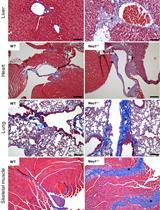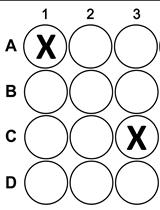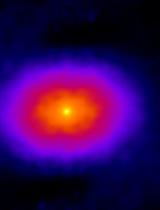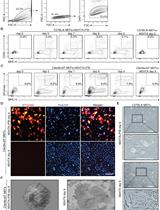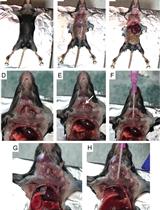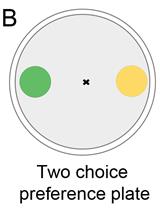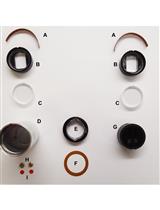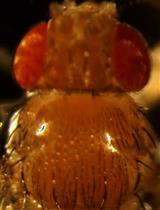往期刊物2020
卷册: 10, 期号: 10
生物化学
In vitro Assay for Bacterial Membrane Protein Integration into Proteoliposomes
细菌膜蛋白在蛋白质脂质体中的体外整合
Evaluation of the Efficiency of Genome Editing Tools by a Frameshift Fluorescence Protein Reporter
通过移码荧光蛋白报告基因评估基因组编辑工具的效率
Permethylation and Microfractionation of Sulfated Glycans for MS Analysis
硫酸多糖的全甲基化和微萃取质谱分析
Negative Ion Mode nanoLC-ESI-MS/MS Analyses of Permethylated Sulfated Glycans
甲基化硫酸多糖的负离子模式nanoLC-ESI-MS / MS分析
癌症生物学
Modeling NOTCH1 driven T-cell Acute Lymphoblastic Leukemia in Mice
NOTCH1诱导小鼠T细胞急性淋巴细胞白血病模型的建立
Isolation of Tumor Cells Based on Their Distance from Blood Vessels
基于与血管距离的肿瘤细胞分离
细胞生物学
Analysis of Generalized Fibrosis in Mouse Tissue Sections with Masson’s Trichrome Staining
Masson Trichrome染色法分析小鼠组织切片中的普遍纤维化
Pancreatic Acinar Cell Preparation for Oxygen Consumption and Lactate Production Analysis
用于耗氧量和乳酸生产分析的胰腺腺泡细胞制备
Spatial Image Correlation Spectroscopy (ICS): A Technique for Average Size Determination of Subcellular Accumulated Structures from Fluorescence Microscopic Images
空间图像相关光谱法(ICS):一种从荧光显微图像中确定亚细胞聚集结构平均尺寸的技术
发育生物学
Direct Reprogramming of Mouse Embryonic Fibroblasts to Conventional Type 1 Dendritic Cells by Enforced Expression of Transcription Factors
转录因子强化表达直接将小鼠胚胎成纤维细胞重编程为常规1型树突状细胞
免疫学
Flow Cytometry Analysis and Fluorescence-activated Cell Sorting of Myeloid Cells from Lung and Bronchoalveolar Lavage Samples from Mycobacterium tuberculosis-infected Mice
结核分枝杆菌感染小鼠肺和支气管肺泡灌洗样品中髓样细胞的流式细胞仪分析和荧光激活细胞分选
微生物学
Bacterial Lawn Avoidance and Bacterial Two Choice Preference Assays in Caenorhabditis elegans
秀丽隐杆线虫的细菌草坪趋避和细菌双选择参照实验
分子生物学
Molecular Size Analysis of Recombinant Importin-histone Complexes Using Analytical Ultracentrifugation
重组输入蛋白-组蛋白配合物分子大小的超离心分析
神经科学
Generation, Analyzing and in-vivo Drug Treatment of Drosophila Models with IBMPFD
果蝇IBMPFD模型的建立、分析及体内药物治疗
植物科学
Purification of Protein-complexes from the Cyanobacterium Synechocystis sp. PCC 6803 Using FLAG-affinity Chromatography
Cyanobacterium Synechocystis sp. PCC 6803 中蛋白混合物的标记亲和层析纯化方法


